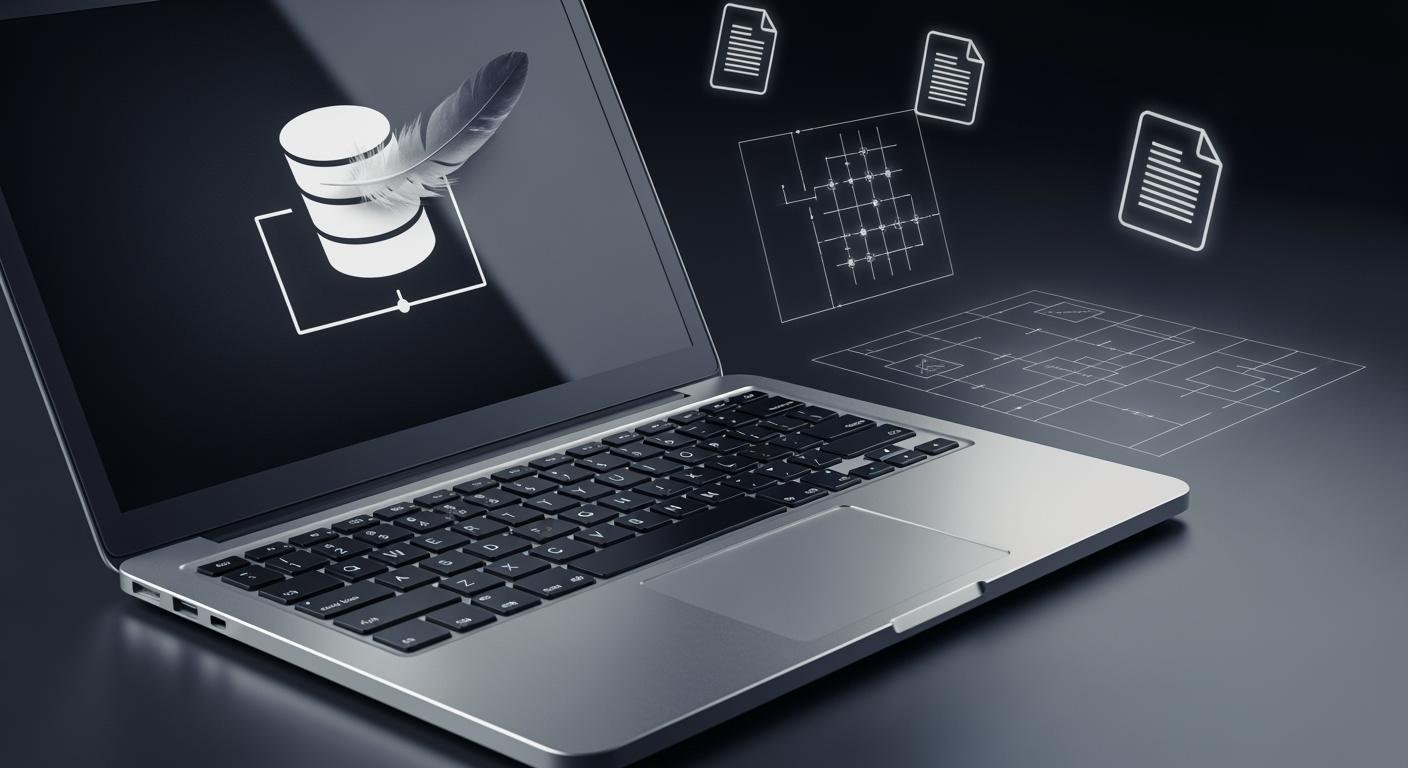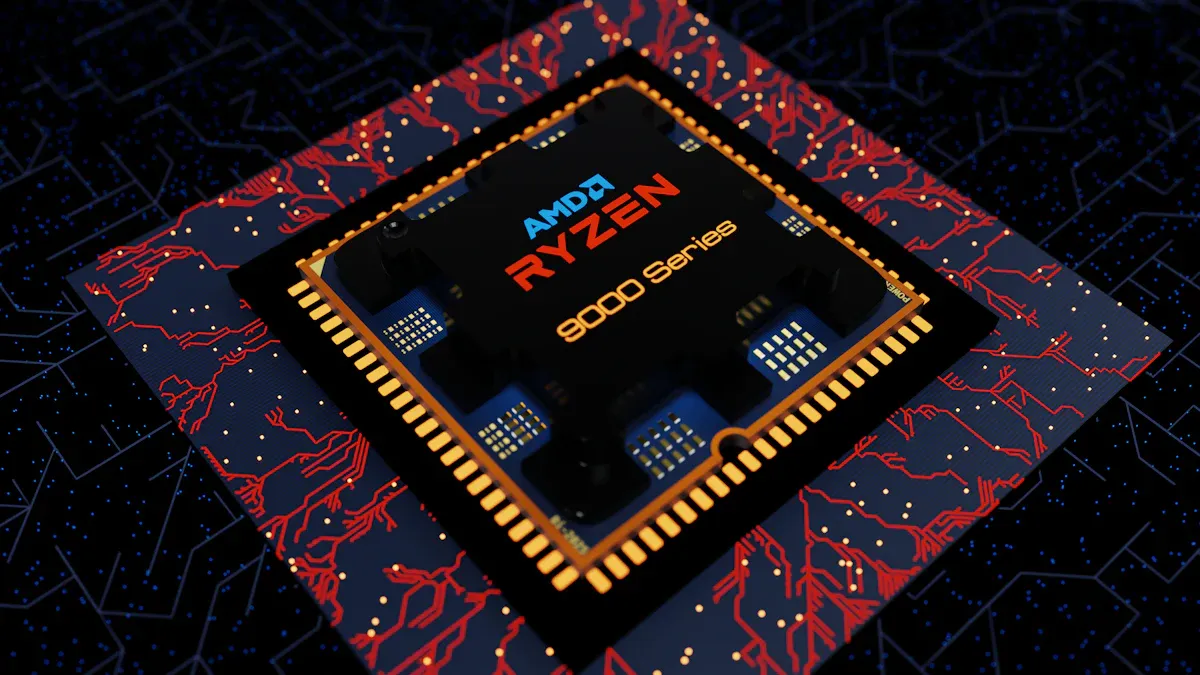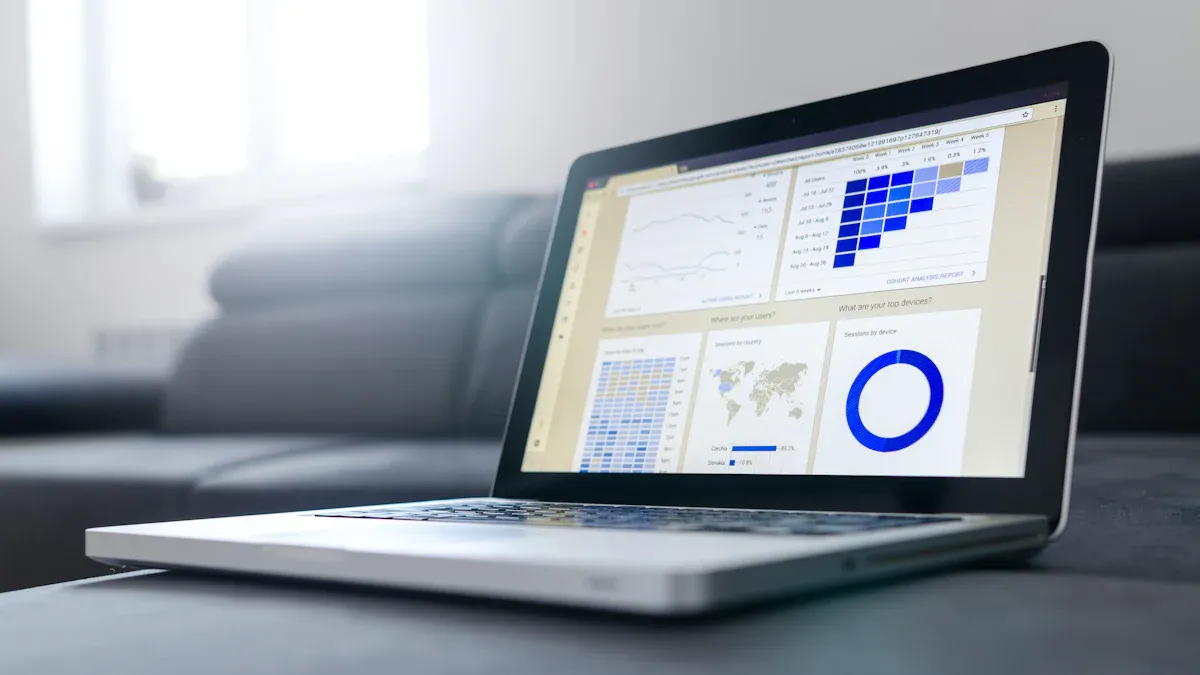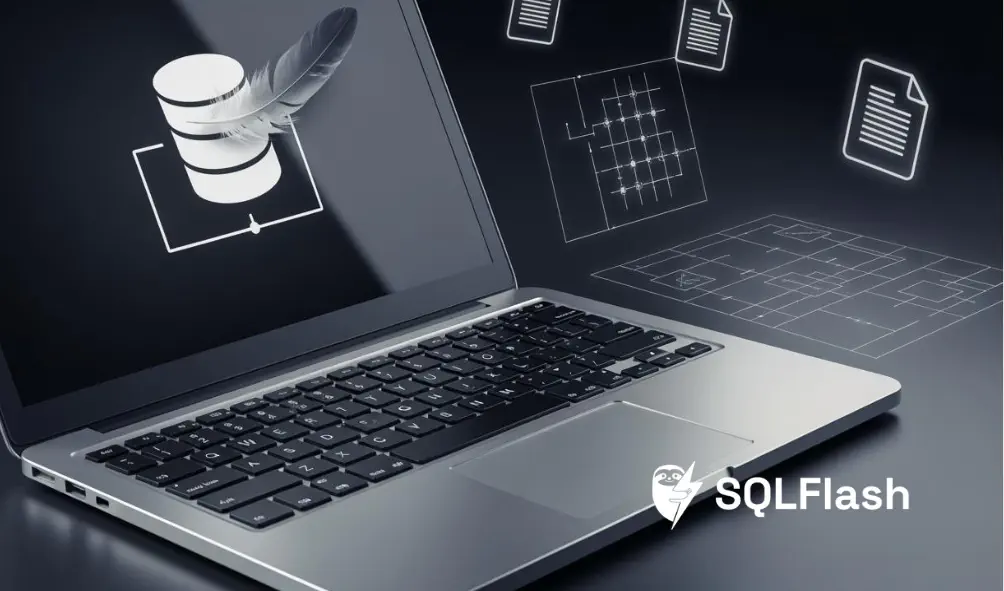
SQLite is a small and simple SQL database engine. You can use it right inside your apps. It works as a C-language library. You do not need to set up a server. Many developers like it because it is easy to use. It needs almost no setup and uses little space.
The library is usually less than 600 KB.
Other SQL database engines, like MySQL or PostgreSQL, are much bigger and need more resources.
What is SQLite

Image Source: unsplash
SQLite as a Library
SQLite is a library you put in your app. Other databases need a server, but SQLite works inside your program. This makes handling data simple. You do not need extra setup. The library uses C, so it works with lots of software.
Here is a table that shows how SQLite works as a library:
| Component/Function | Description |
|---|---|
| Bytecode Compilation | Compiles SQL text into bytecode for fast execution. |
| sqlite3_prepare_v2() | Converts SQL text into bytecode. |
| sqlite3_stmt | Holds a single SQL statement as bytecode. |
| sqlite3_step() | Runs the bytecode until it finishes or finds an error. |
| VFS | Lets SQLite work on different operating systems by handling file actions. |
| API Prefix | Uses ‘sqlite3’ at the start of names to avoid conflicts. |
| Extension APIs | Adds extra features with special names. |
You do not need a server or network. You just use functions in your code to read and write data.
Common Uses
SQLite is used in many places. It is one of the most popular libraries. Lots of mobile apps, desktop programs, and web projects use it to store data. Here are some common uses:
Used for saving data in Windows programs.
Helps web projects keep and manage data.
| Application Domain | Description |
|---|---|
| Software Libraries | Used in billions of database files worldwide. |
| Mobile and Desktop Applications | Chosen for reliability and ease of use. |
| Local Data Storage in Windows Apps | Offers a simple way to store data without a server. |
How SQLite Works
SQLite keeps all your data in one file. It uses a B+Tree to organize things. This helps you find and save data quickly. The backend handles data in pages, which are small blocks on the disk.
The Pager lets SQLite read and write data in blocks. The B-tree helps you get data fast and easily.
You do not need to set up a server. You just use easy commands to get and save your data.
Why SQLite is Lightweight

Image Source: unsplash
Minimal Setup
You can set up SQLite with just a few steps. You do not need to install a server or configure complex settings. Here is what you do to get started on Windows:
Go to the SQLite download page and download the precompiled binaries.
Download the
sqlite-shell-win32-*.zipandsqlite-dll-win32-*.zipfiles.Create a folder, such as
C:\sqlite, and unzip the files there.Add
C:\sqliteto your PATH environment variable. Then, open the command prompt and use thesqlite3command.
On Linux, you can:
Download the source code from the SQLite website.
Extract the files and run a few commands to build and install it.
You do not need to manage users, set up databases, or change configuration files. This makes SQLite a zero-configuration database. MySQL and PostgreSQL need more steps because they use a server-based setup.
Small Footprint
SQLite uses very little disk space and memory. The library is usually less than 600 KB. You can store your whole database in a single file. This file is easy to move and copy. Server-based databases need more files and use more resources. When you use SQLite, your app stays small and fast.
No Server Needed
You do not need to run a separate server process. Your app talks directly to the database file. This makes things simple and easy to manage. Here is a table that shows what happens when you do not need a server:
| Implication | Description |
|---|---|
| Ease of Use | No server process to install, set up, or manage. |
| Zero Configuration | No need for admin setup or config files. |
| Direct Access | Your app reads and writes to the database file directly. |
| No Troubleshooting Needed | No recovery actions after crashes or power failures. |
You do not need to start or stop a server. You do not need to worry about server crashes or downtime during updates. This makes SQLite easy to use and maintain.
Simple API
SQLite gives you a simple set of functions to use in your code. You do not need to learn a lot of commands. The API is easy to understand and use. You can store all your data in one file, which makes your app portable. The lightweight design means you can add SQLite to your project without extra work.
Lightweight architecture makes it easy to add to your app.
Zero configuration means you do not need to set up anything.
Single file storage helps you move your data anywhere.
Efficient Resource Use
SQLite manages memory and disk resources well. It uses settings like journal_mode = WAL and synchronous = normal to make disk operations faster. When you use transactions, you can group many changes together. This makes your app faster and keeps your data safe.
In-memory databases in SQLite are fast because only one connection uses them.
Server-based databases need to handle many connections, which uses more resources.
SQLite avoids extra steps, so your app runs smoothly.
Tip: Using Write-Ahead Logging (WAL) mode can make your writes much faster. Grouping writes in a single transaction can also boost performance.
You can see that SQLite stays lightweight by using less memory, less disk space, and fewer system resources. This makes it a good choice for apps that need to be small and efficient.
Benefits of SQLite’s Lightweight Design
Easy Integration
You can add SQLite to your project easily. It is a self-contained library. You do not need a separate server. This makes it simple for many types of code. You do not have to do hard installation steps. You also do not need extra setup. The table below shows why SQLite is easy to use:
| Feature | Description |
|---|---|
| Zero-configuration | No setup or admin needed, great for mobile and embedded apps. |
| Highly portable | Works on many systems without changes. |
| Small footprint | Uses very little space and memory. |
You can move your database file to other computers easily. This helps you work faster and with less trouble.
Ideal for Mobile and Embedded
SQLite works well in phones, tablets, and small gadgets. Its small size and low resource use make it a good choice. Many famous products use SQLite. These include Apple devices, Microsoft Windows 10, and airplane software. Here is a table that shows how different devices use SQLite:
| Device/Application | Description |
|---|---|
| Apple Devices | Used in iOS and Mac OS-X apps, like iTunes. |
| Microsoft Windows 10 | Important part for storing data. |
| Airbus A350 XWB | Used in flight software. |
| Bosch Multimedia | Runs in car media systems. |
You can trust SQLite for apps that store data on the device. It works offline and handles small or medium data sets.
Fast Deployment
You can get your app ready with SQLite quickly. Just add the database file to your project. Copy it to a folder your app can use. You do not need to install or manage a server. This helps you start your app faster and with fewer steps.
Put the SQLite database file in your project.
Copy the file to a folder your app can write to.
This easy way saves you time and avoids setup problems.
Low Maintenance
You do not need to spend much time on upkeep with SQLite. It does not use a server, so you skip many common problems. You do not have to manage users or fix server errors. SQLite uses little memory and few system resources. Your app stays stable and works well.
Tip: With SQLite, you can spend more time building your app and less time managing a database server.
You get an easy experience. This is why many developers pick SQLite for projects that need to be simple and reliable.
You can tell why SQLite is lightweight. It works by itself and does not need a server. You do not have to set up anything. Its small size helps you use it in lots of projects. It uses very few resources. You get simple tools, quick speed, and trust that it works well. Many developers pick SQLite to build things fast and start apps easily. The database goes right into your app and lets you use different kinds of data. SQLite is special for projects that need to work well and be easy to use.
FAQ
What makes SQLite different from other databases?
You do not need a server to use SQLite. You add it to your app as a library. This makes it easy to set up and use. You can store all your data in one file.
What types of projects use SQLite?
You find SQLite in mobile apps, desktop software, and small devices. Many browsers and operating systems use it. You can use it for projects that need simple, local data storage.
What are the limits of SQLite?
SQLite works best for small to medium data sets. You may not want to use it for very large databases or high-traffic web servers. It does not support user management like server databases.
What file format does SQLite use?
SQLite stores your data in a single cross-platform file. You can move this file between computers. The file uses a binary format that works on many systems.
What programming languages can use SQLite?
You can use SQLite with many languages. These include C, Python, Java, and Swift. Most languages have libraries or drivers that let you work with SQLite easily.
Recommended reading
What is SQLFlash?
SQLFlash is your AI-powered SQL Optimization Partner.
Based on AI models, we accurately identify SQL performance bottlenecks and optimize query performance, freeing you from the cumbersome SQL tuning process so you can fully focus on developing and implementing business logic.
